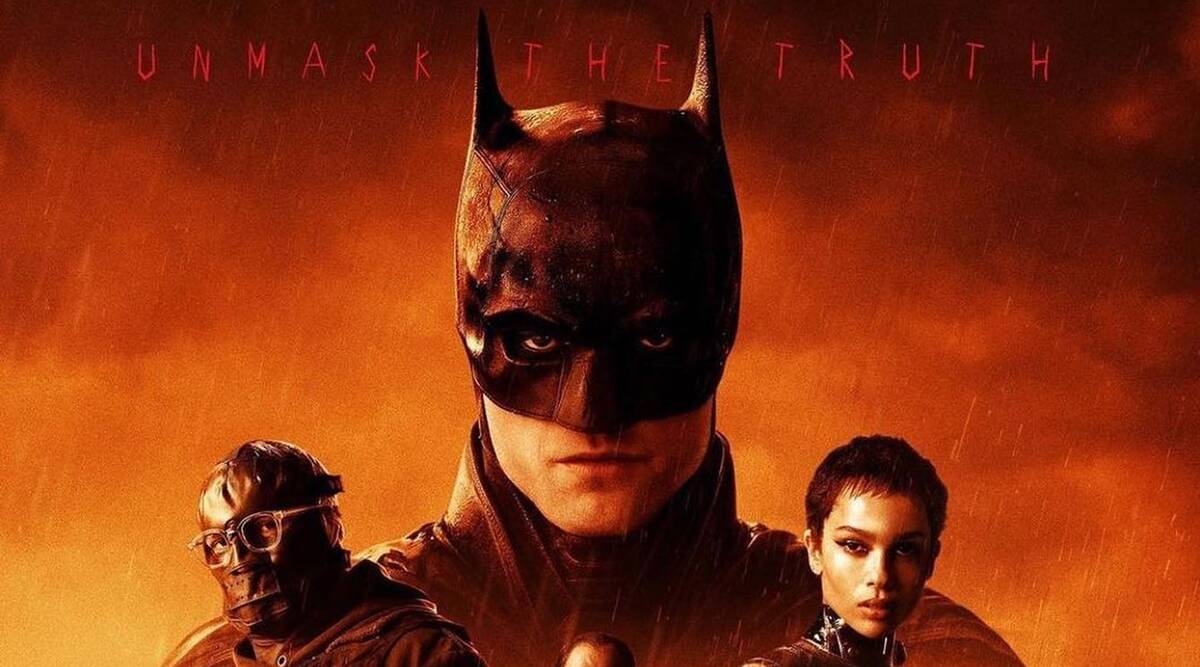FOR REFERENCE: This review of, “The Batman” is based on a theatrical viewing
How many Gotham’s have come and gone in DC’s live-action space by this point? How many fights, how many crimes, how many murders, how many crusades by the tortured Bruce Wayne donning the mantle of the Batman have unfolded within the ever-expanding live-action DC Multiverse? Will the battle for justice in Gotham never end, on any Earth? Should it? Are we doomed to keep repeating the same cycles of violence, corruption and despair, no matter how many Gotham’s continue to spring up in the web of Warner Bros.’ and DC’s collection of infinite Earths?
You’d think it would be tired. You’d think there would be nowhere else to go. You’d think we’d have exhausted every avenue of introspection, politics and violence that Gotham has to offer, over nearly eighty years of live-action adaptations later… But as Christian Bale’s Bruce Wayne seemed to observe during the fight for his own universe’s Gotham over a decade ago, “Batman has no limits.” If there was ever any doubt about that in the pop culture space, it appears to have been firmly dispelled by The Batman, the latest superhero movie reboot and shared cinematic universe launcher within a Hollywood ecosystem that has both of these things multiplying like Tribbles.
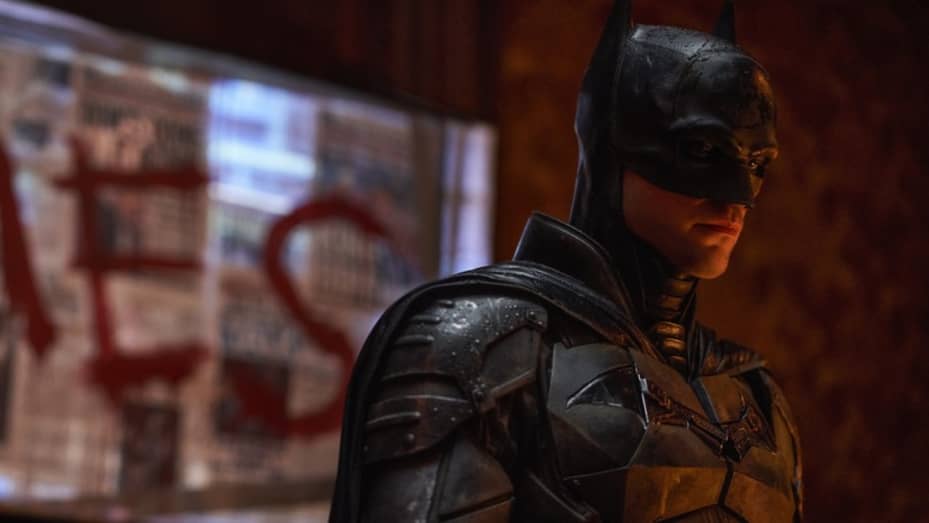
Yet despite this, The Batman remains the exception in a genre of movies that’s already defined by the exceptional. Writer-director, Matt Reeves is the latest visionary to take a crack at the prestige cinematic standard of the Dark Knight, and somehow, he manages to blaze yet another new trail for one of Hollywood’s longest-serving superhero icons. Reeves more than proved his pop culture pedigree with his two outstanding Planet of the Apes sequels several years ago, and he effortlessly transitions to the world of Gotham, building bricks from the ashes of Ben Affleck’s failed DC Extended Universe movie pitch, which would have starred Affleck’s own version of the Caped Crusader within DC’s flagship cinematic universe.
Bolder still is that Reeves’ superhero opus completely abandons the DCEU as well, instead starting from scratch in an entirely different universe, with an entirely new Batman. That’s no skin off the DCEU’s back, mind you, since that shared DC continuity is happily chugging along with a slew of upcoming projects, stronger than ever in several respects (HBO Max’s recent, and excellent, Peacemaker series proves that nicely!), while Reeves’ new Batman-centric cinematic universe is positioned to exist alongside it. Rather than die on the vine as a supposedly tired new cinematic reboot however, The Batman instead successfully redefines this timeless character for a less certain age, crafting a beautifully haunting spectacle of anger and trauma through the lens of a youthful, raw Batman not driven by justice; Only by vengeance.
The Batman largely features an ensemble of characters that should be familiar to most moviegoing audiences by this point, though they’re often presented in ways that defy audience expectations. This includes Robert Pattinson’s headlining Bruce Wayne, a second-year Batman who doesn’t care about being a hero, and simply does what he does to punish the guilty. Pattinson’s Bruce is in fact barely present here, only showing up in a couple of scenes to keep up appearances, which stands in stark contrast to the Dark Knight’s previous movies. The Batman instead focuses mostly on Bruce’s vigilante alter-ego throughout most of its runtime, and perhaps that’s appropriate. Even the more Bruce-focused prior movies proudly declared that Bruce is the mask Batman wears, after all. Thus, it shouldn’t really be unusual to focus mostly on Batman in a movie that’s ostensibly supposed to be about Batman over Bruce Wayne.
Admittedly though, Bruce still represents the humanity that allows us to relate to and root for Batman, and that’s where a particular bit of genius in The Batman’s ensemble lies; Bruce burying his humanity, and other characters working to dig it out. All of Gotham is predictably obsessed with unmasking Pattinson’s relatively inexperienced Batman at this point, and even those that grow closest to him, including Jeffrey Wright’s Lieutenant James Gordon and Zoe Kravitz’s Selina Kyle/Catwoman, have no idea who could be under that cowl. This new Bruce is also distinct through the fact that he resents his billion-dollar fortune, and is practically content to allow Wayne Enterprises accountants to gut it, instead preferring to focus on a decidedly low-tech Batman operation that de-emphasizes the fancy gadgets in favour of amateur tinkering, and surprisingly plain escape tools. Even this universe’s Batmobile looks like a homemade auto project, with a portable jet engine essentially grafted onto a vintage car!
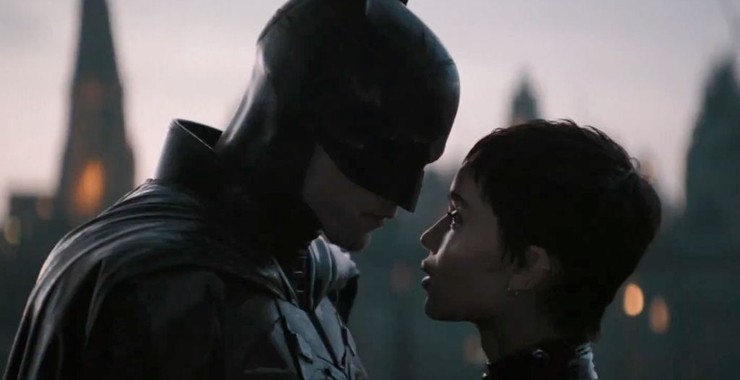
Still, it’s all deliberate, designed to reflect a quieter, more resigned Gotham that’s not yet plagued by a slew of ostentatious villains, and comic book-style escalation. In these early days of his vigilante career, Pattinson’s Batman fights low-level criminals as a form of release and obsession, meticulously recording his battles as a way to sate his brilliant, yet unfocused and traumatized mind. That emphasis on the mind is a major part of why Pattinson feels like one of the best, most authentic Batmen to grace the big screen at this point as well; Batman’s greatest power is supposed to be his mind. Where previous movies placed this aspect second to the fighting skills and technical wizardry that admittedly also define Batman’s character to some degree, The Batman instead structures its personalities around the style of a noir crime thriller, where the detective side of Batman stands front and center, and untangling Gotham’s widespread corruption is treated like a true mystery, not just an action-packed spectacle.
Pattinson’s more cerebral take on Batman is also perfectly complemented by The Batman’s main antagonist, Edward Nashton, a.k.a. the Riddler. Defined by his own pathological obsession and destructive narcissism, The Batman’s Riddler, played in a frighteningly excellent turn by 12 Years a Slave’s Paul Dano, like all great villains, sees himself as the true hero of his story. Riddler’s grisly mysteries, marked by homemade, greeting card-style taunts that gradually pull Batman ever deeper into a web of revelation and murder, prove to be the perfect lure to an equally tormented and unhinged Batman, always teasing answers, only to spiral into more questions. Even as high-powered mobsters like John Turturro’s Carmine Falcone, and Colin Farrell’s delightfully kooky Oswald Cobblepot/Penguin, enter the equation to menace Batman in their own ways, they simply feel like marionettes ultimately dancing to Riddler’s tune, as two twisted geniuses drag each other into a trail of anguish that would threaten to pull apart all of Gotham.
This engrossing obsession with ‘solving’ Gotham’s corruption is so powerful that it often threatens to sweep over the voices of reason whispering in Bruce’s and Batman’s ear, with that role being split largely between Wright’s Gordon, and Andy Serkis’ Alfred Pennyworth. Serkis sometimes feels lost in the shuffle here, particularly considering that he’s reuniting with writer-director, Matt Reeves after their work on two Planet of the Apes movies, but perhaps that’s by design, considering Alfred’s helplessness when it comes to setting Bruce on a more noble path. Besides, Serkis’ performance is nonetheless on point, with his Alfred serving as a more measured, yet still imposing father figure to Bruce, one that appears to have simply given up on directly influencing his charge. Gordon, meanwhile, with his earnest sense of justice and unwavering faith in the potential of Batman, keeps his vigilante ally honest, while still knowing well enough to stay out of his way when the chips are down.
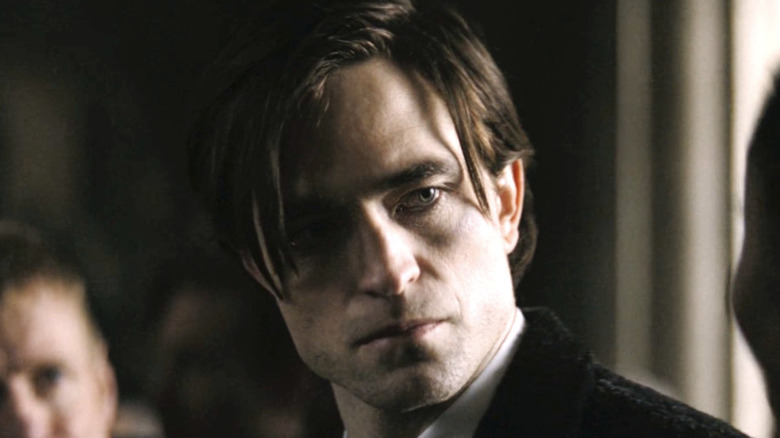
The complex network of personalities throughout The Batman are thankfully helped by the fact that many of these characters are already deeply entrenched in pop culture. We don’t need a lengthy establishment of who Batman is in this movie, or Riddler, or Penguin, or Catwoman, or whomever else, because we’re almost certainly very familiar with these characters from other Batman Family stories. Thus, in being unburdened by a mandate to rehash Bruce Wayne’s widely-known backstory in this reboot (Bruce’s parents’ murder, and his subsequent journey to becoming Batman, are talked about in passing, but never actually shown here), as well as the functions of Bruce’s familiar allies, foils and villains, The Batman can focus squarely on its seedy intrigue, allowing its familiar leads to speak for themselves through bold new narratives and fantastic performances.
The Batman may wisely skip over Bruce Wayne’s well-trodden origins, and his proper debut as a bat-themed vigilante, but its remarkably sprawling narrative still feels like it’s been in motion for decades, and we’re being thrown straight into an exciting crescendo. Picking up during the second year of this new Batman’s tenure battling criminals in Gotham, The Batman is properly kicked into motion when its vigilante subject is beckoned to a murder scene by a newly-surfaced serial killer. Forced to decipher a riddle that promises to take him deeper into the root of Gotham’s widespread political corruption and criminal rackets, Batman soon struggles to chase each new puzzle as they result in further grisly deaths, all while being questioned by a distrusting police force, and scrutinized by city officials that are all too happy to deflect from the city’s real problems.
Like an ornate, yet sinister puzzle box, The Batman challenges audiences to enter it without much of an idea of what to expect, and try to unravel its deepening mystery as it goes on. It may tread a couple of familiar narrative beats for Batman fans, but what’s most surprising about The Batman is how successfully it presents new and unexpected turns with reinvented versions of familiar characters.
On that note, it’s also exciting that this movie finally presents a more comic-faithful take on a cinematic Riddler battle, as well as one for Penguin, the latter of whom was more or less completely butchered in 1992’s Batman Returns. The former was at least a little more faithfully portrayed in 1995’s Batman Forever, but he was still ultimately given an over-the-top silly style and plot that deviated considerably from DC Comics lore. In fairness, The Batman’s Riddler is also tweaked a bit, more accurately resembling the real-world Zodiac Killer than his fabulously-dressed, game show host-flavoured comic book inspiration, but his obsession with outsmarting Batman (along with everyone else), alongside his more grounded, mentally unsound compulsions, still make for a more comic-accurate Riddler arc than what Batman Forever previously portrayed.
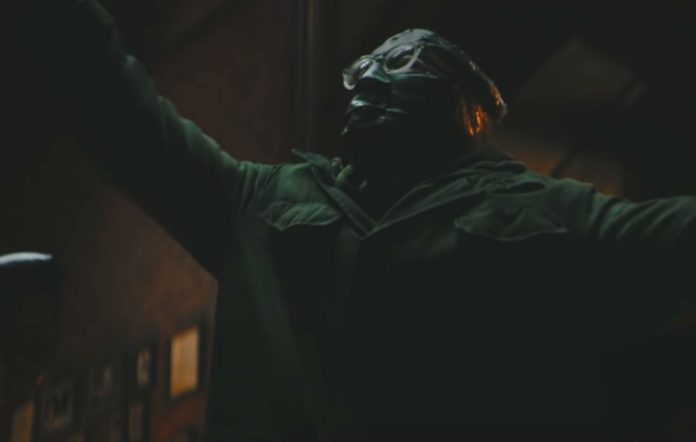
This central Batman/Riddler conflict wonderfully spirals out to eventually sustain an entire narrative built around themes of obsession, despair and inadequacy. This is where Reeves has created the perfect Millennial Batman; His constant grappling with being trapped in his own seemingly unfulfilling existence. Whereas Michael Keaton’s tragic, emotionally sheltered Batman still had lots of charm that made him easily identifiable as a hero (as did his recast successors, Val Kilmer and George Clooney), and Christian Bale’s Batman likewise had an ironclad sense of purpose that kept him focused on a noble ideal, Robert Pattinson’s Batman is, by contrast, devoid of nobility and direction. He begins as a true creature of the night, driven by sick compulsions as much as Paul Dano’s Riddler, and unable to escape a torment that only seems to be exacerbated by his own efforts to conquer it.
This is a fantastic examination of the road to hell being paved with good intentions, and also of how we can eventually rise above a cycle of pain that keeps wanting to define us. Pattinson’s Batman lacking the stubborn certainty that’s proven to be a key characteristic of most other Batmen won’t sit right with every fan, but it nonetheless proves to be a compelling hook that successfully reinvents this iconic superhero for modern audiences. As with all great Batman stories before this one, The Batman tells us something new about ourselves as a society, something that we may not want to face, but something that can still inspire us to make a better world, if we manage to get past our frail egos and stubborn apathy.
(NOTE: The ‘Spoiler’ section, when clicked, discusses whether The Batman has any post-credits scenes, whether it features any additional DC character appearances of note, and whether it sets up any future projects set within its new cinematic universe.)
The only exception to this is Barry Keoghan’s mystery role. As rumours indicated, Keoghan is indeed portraying The Batman’s take on its eponymous hero’s archenemy, the Joker, despite a misinformation effort by Matt Reeves that claimed Keoghan would be portraying a GCPD officer, and this movie’s credits merely crediting Keoghan as, “Unseen Arkham Prisoner.” Even so, there is absolutely no doubt as to the identity of Keoghan’s character, and his identity as this universe’s Joker has since been confirmed by Reeves. That being said, Keoghan’s surprise Joker role is a very small cameo, as he’s almost entirely kept in shadow, and only heard speaking to a freshly-incarcerated Riddler at Arkham Asylum towards the end of The Batman. Keoghan’s Joker conspicuously uses Riddler’s famous catchphrase, “Riddle me this”, while referring to himself and Riddler as, “Clowns”, before sharing a riddle that claims he’s a friend. The two rogues then share a laugh together, seemingly suggesting that they’ll both return to menace Gotham at some point in the future.
Like its vigilante subject, and his puzzle-loving nemesis, Matt Reeves is obsessed with detail. So much of The Batman is expertly crafted with tiny, telltale touches that fill in yet more gaps of this movie’s complex storyline, as well as the foundational lore throughout this new Batman cinematic universe, if you’re watching out for them. Everything is carefully placed for maximum dramatic and psychological impact, even considering The Batman’s rather astounding 176-minute runtime! The fact that The Batman runs even longer than The Dark Knight Rises before it, thus setting a new record for the longest theatrical DC movie released to date, can be rather intimidating, especially considering that this is merely the first movie set within a cinematic universe that’s already planning several big screen sequels and small screen spin-offs.
Amazingly though, due to how easy it is to get sucked into The Batman’s riveting mystery, its otherwise enormous runtime tends to fly by quickly. It is still just a tad lengthy, and maybe there’s a scene or two that could have been cut without too much consequence, but even those small scenes are clearly an intentional part of a very carefully crafted whole. Reeves is clearly relishing the opportunity to dive deep into the disturbed psychology of an especially rage-fueled Batman, as well as the first criminal to truly present a worthy obstacle to him. As I mentioned, Reeves also places Batman’s damaged, yet ingenious mind at the forefront of the story he’s telling, in turn delivering the most intensely psychological Batman movie yet, while still not sacrificing the engaging thrills that fans of this character would no doubt expect in a blockbuster starring the Dark Knight.
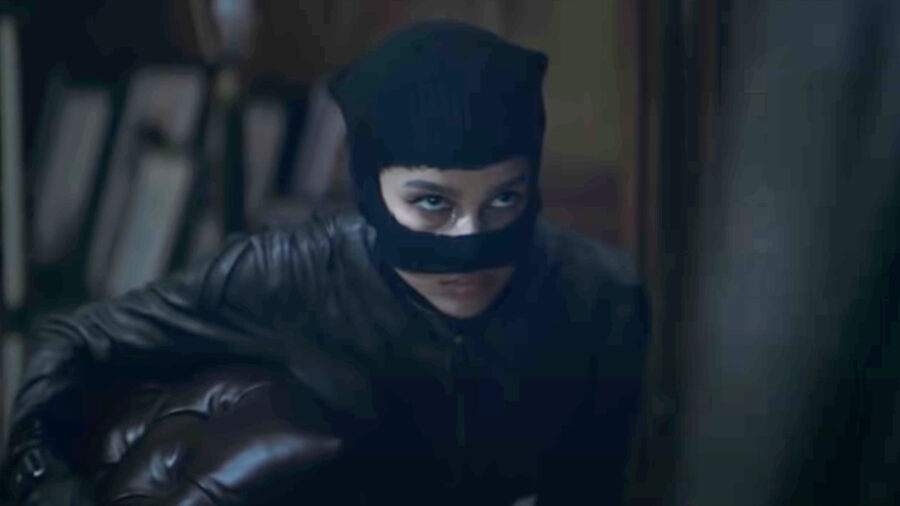
As much as it can be a little hefty, The Batman is so packed with rich, psychologically stimulating directing touches that it effortlessly invites repeat viewings, which only make its over-arching mystery more intriguing to dig into. It feels impossible to fully absorb The Batman in just one viewing, since even its franchise bait (and that’s definitely present) will tickle Batman fans in particular, pulling in viewers with compelling teases of a larger world that’s ripe to be explored in future follow-ups; Follow-ups that will no doubt deliver equally new and exciting takes on more recognizable Batman allies and villains. This won’t change the fact that some viewers will still prefer previous big screen Batmen and their universes, if that’s more their style, but The Batman only makes that endless debate richer and more exciting, as Reeves’ masterful direction skillfully launches an entire universe of possibilities, all of which make the prospect of more cinematic Batman stories feel fresh again.
Composer, Michael Giacchino goes in a bit of a different direction with his original score for The Batman, ultimately turning away from the comic book-flavoured triumph of Danny Elfman’s and Elliot Goldenthal’s Batman scores, and the cautiously optimistic droning that permeated Hans Zimmer’s Batman score. Giacchino’s score instead opts for a quieter, more haunting series of compositions, built around a centerpiece Batman theme that’s defined by an increasingly punchy, furious instrumental backing, cleverly mimicking its vigilante subject. From there, Giacchino often pivots again to boot, layering some of the most thematically crucial scenes in The Batman with classical music like Franz Schubert’s, “Ave Maria” and Beethoven’s, “Piano Concerto No. 5”, creating a strange sense of artistry for sequences that are otherwise genuinely horrifying. Topping this soundtrack off is an impeccable use of Nirvana’s, “Something in the Way”, a licensed favourite that helps viewers soak in some of The Batman’s most impressive visual tours across Gotham.
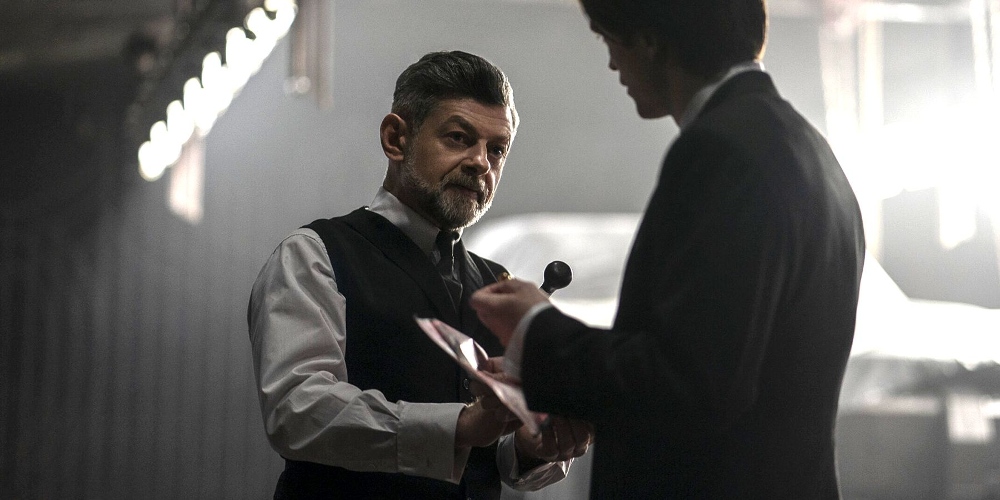
This universally stellar soundtrack is another musical master stroke for DC’s music catalogue, and fortunately, The Batman’s well-crafted, surprisingly subtle sound mixing complements it perfectly. Gone are the overwhelming audio suites of Christopher Nolan and Zack Snyder, instead being replaced by a more understated and weirdly classy suite of sound design throughout The Batman. Even as it tones down the overpowering noise that frequently filled its big screen predecessors, The Batman still manages to capture the proper impact of its punctuating violence and fury, setting them loose to tear through the onerous ambience at all the right moments, as righteous indignation struggling to breathe in a cesspool that never wanted to be saved.
This being a highly grounded reboot for a famously non-powered superhero, The Batman relies mostly on practical effects and tangible stunt work, while keeping CGI to a minimum. This grounded focus helps The Batman feel even more raw and powerful, even as it deliberately rejects the heightened visual spectacle that you’d normally associate with a superhero blockbuster. Instead, The Batman’s combat sequences are often methodical and lumbering, with most of the movie instead leaning into the noir-flavoured atmosphere of an oppressive and grungy Gotham, where the sun seemingly never shines, and you can almost smell the filth on the streets.
On this note, The Batman’s setting feels like the ideal blend of visual beats taken from prior cinematic Gotham’s. It simultaneously incorporates the seedy flair of Tim Burton’s Gotham, the imposing scale of Christopher Nolan’s Gotham, and the uncomfortable griminess of Todd Phillips’ Gotham, while still layering in a uniquely Gothic touch that allows Reeves to put his own stamp on this famously corrupt environment. Reeves’ visual touch may be a lot more understated than you would expect, but his attention to detail throughout The Batman is nonetheless masterful. In fact, many of this reboot’s best visual sequences are achieved without one iota of CGI trickery, with highlights including a pitch black hallway fight that’s entirely lit by gunfire, and a destructive highway chase that still manages to end with a fiery flourish that could have easily been ripped from the pages of DC Comics. The best testament to The Batman’s uniformly excellent visual design not burying itself under a mountain of CGI is simple and consistently evident; It doesn’t need to.
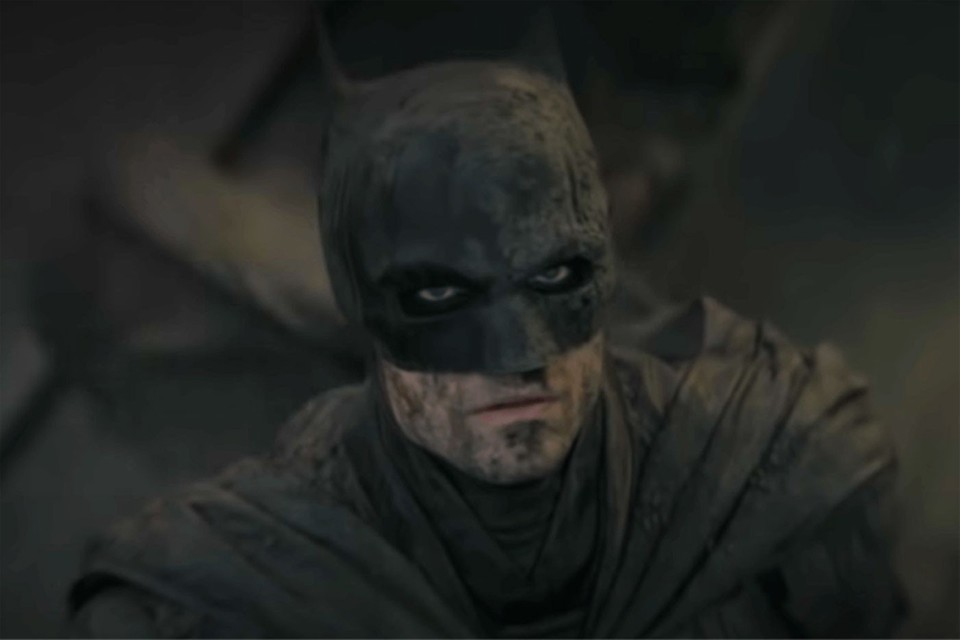
I would also be remiss not to mention the incredible work that’s gone into some of The Batman’s costumes and makeup. While some may find Paul Dano’s plastic-wrapped, Zodiac Killer-flavoured Riddler outfit to be an acquired taste, it’s impossible to deny the outstanding prosthetic work on Colin Farrell, barely recognizable under the deformed visage of the Penguin. Zoe Kravitz’s long, unkept nails and perfunctory Catwoman suit also nicely define a scrappy, impoverished portrayal of this iconic femme fatale, one that has yet to develop a true taste for expensive spoils and high-end burglary. Of course, the piece de resistance is unsurprisingly Robert Pattinson’s new Batman attire, a leaner, but still reinforced shell designed to deflect gangland weapons and dirty fighting, and emblazoned with the remains of the gun that murdered Bruce Wayne’s parents two decades previous. There’s the slightest air of comic book-style hyper-reality discernible across these character designs, but that just goes to show how brilliantly The Batman can walk the line between echoing our own reality, while also crafting its own compelling, visibly unique world.
The Batman stands as the latest masterpiece for the Dark Knight’s prestigious cinematic catalogue, exquisitely carving out a fresh and exciting new take on this frequently adapted superhero mythology. While it’s certainly disappointing that we didn’t ultimately get a solo DCEU movie for Ben Affleck’s criminally underserved take on the Caped Crusader, The Batman is far more than a consolation prize for that failed project. It launches a visionary new cinematic universe built around the Batman Family characters, one that’s fully worthy of existing alongside the shared DCEU canon, and one that invites numerous possibilities for the future, not because it forces them, but because it painstakingly crafts an engrossing, brilliantly-realized world that audiences will definitely want to see more of.
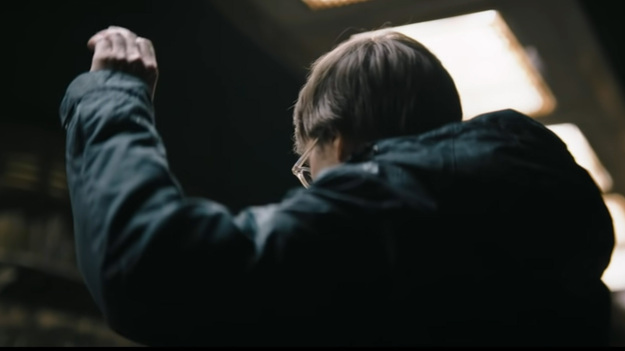
Superhero reboots are probably going to be a fact of Hollywood for as long as movies are made, but if even some of them can achieve the narrative and direction heights of The Batman, we have no reason to complain. This latest cinematic rebirth for the Dark Knight plumbs some impressively shady depths, sometimes even giving 2019’s R-rated Joker a run for its money, but through presenting the most tormented and psychologically fractured Batman to date, The Batman brings its eponymous vigilante into a natural home of seedy noir mystery, one that finally emphasizes Batman as the World’s Greatest Detective, and not just another costumed hero.

